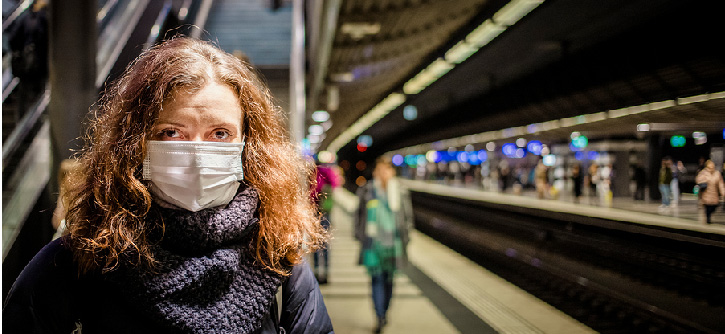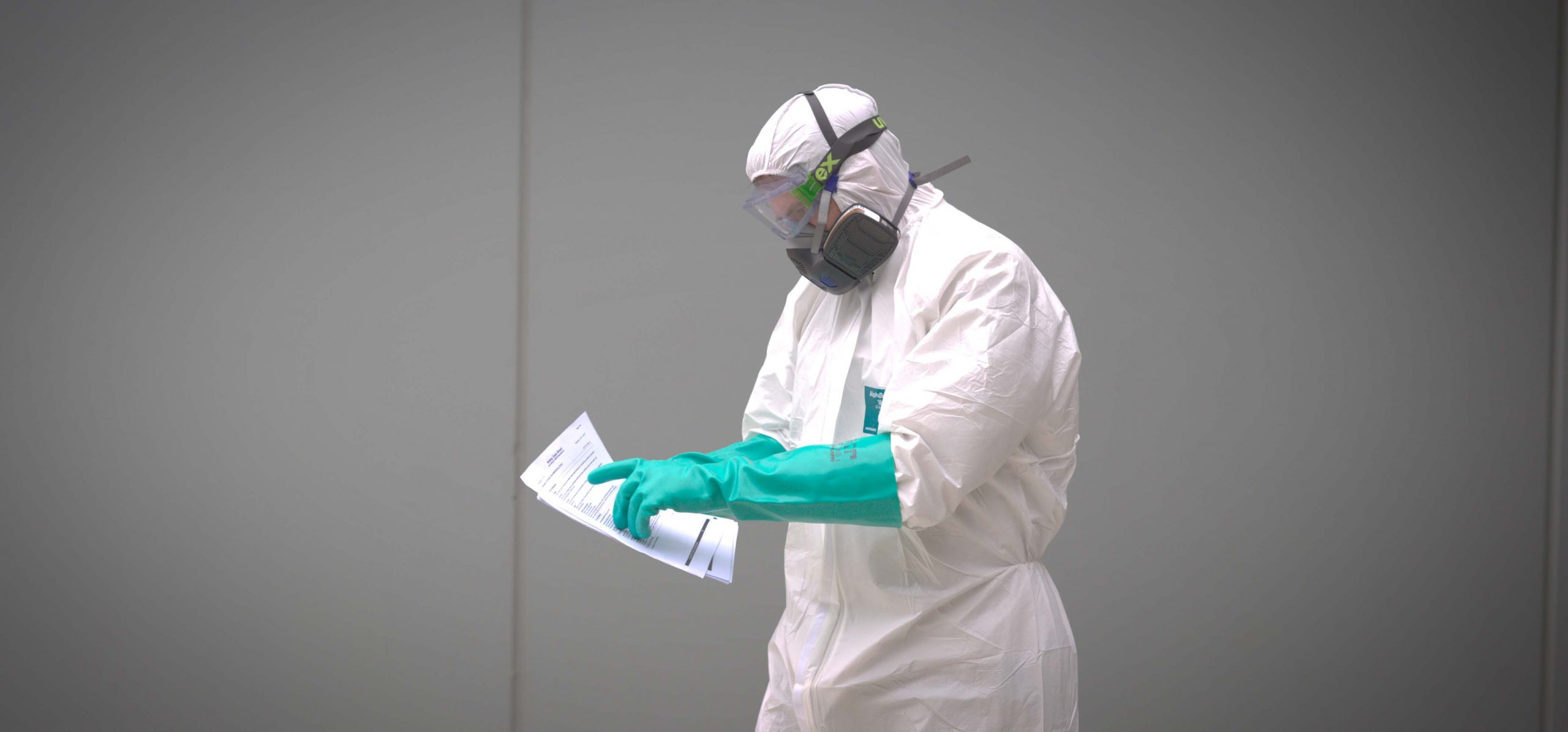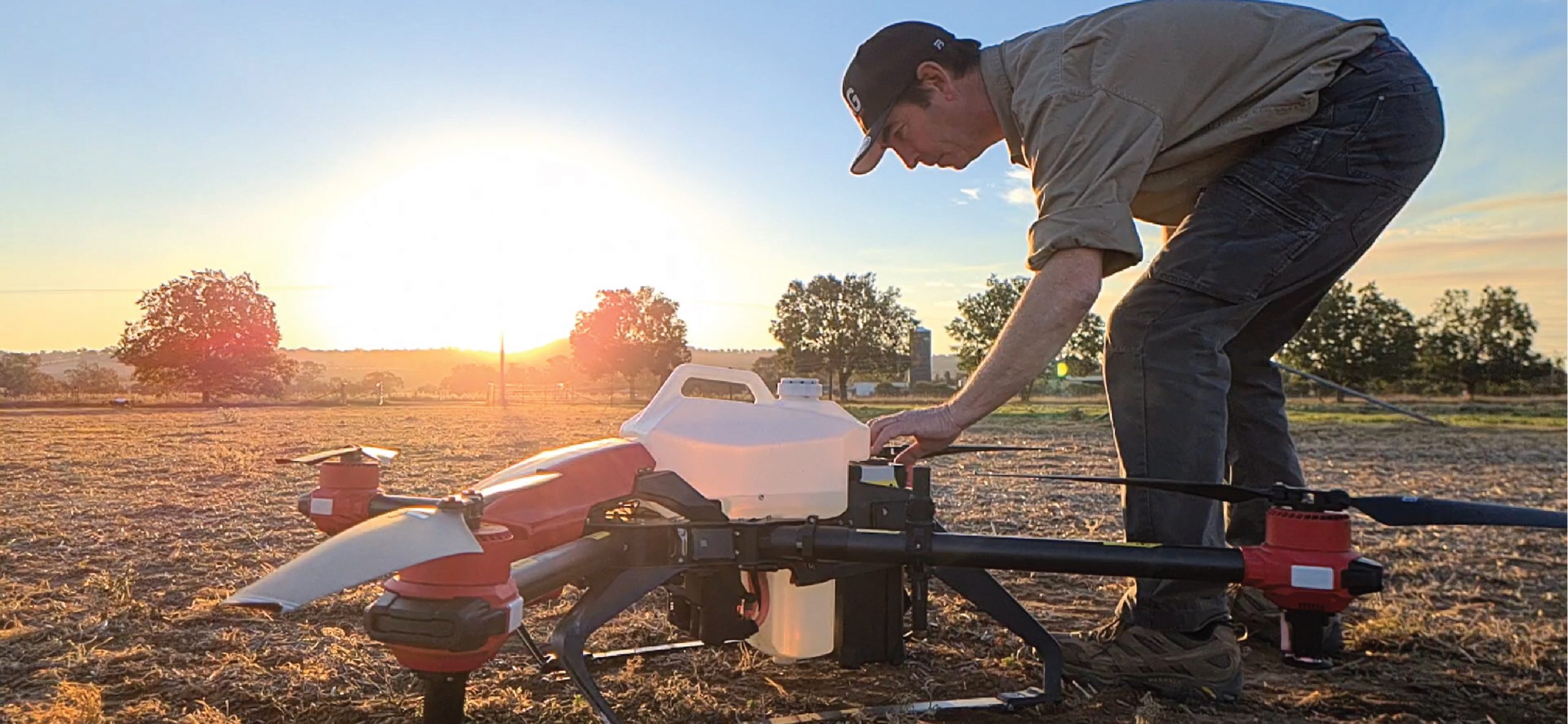Recently in Sydney it has not been uncommon to see people wearing surgical masks when out in public in an attempt to protect themselves from nuisance smoke in the bushfires, or in the last few weeks to limit potential exposure to aerosols from someone potentially infected with the Coronavirus ( Covid-19).
This article, and its links to expert guidance from 3M; aims to provide you with a deeper insight into the strengths and limitations of PPE, specifically surgical masks and/or respirators as a protection from exposure to biohazards.
Differences between a surgical mask and respirator
According to 3M, respirators are designed to help reduce the wearer’s exposure to airborne particles whereas a surgical mask is to help prevent biological particles (e.g. bacteria and viruses) from being expelled by the wearer into the environment. Surgical masks are not necessarily designed to seal tightly to the face and as such air might leak around the edges. It seems reasonable from 3Ms statement that you should wear a P2 particulate respirator if troubled by smoke from bushfires and leave the surgical masks for medical staff as they are in short supply, unless you are exhibiting respiratory symptoms then wear one as a good duty of care to your fellow citizens. The good news here is the surgical N95 respirators meet the NIOSH standards for respirators and the FDA standards for surgical masks, hence their popularity.
World Health Organisation (WHO) Advice
According to the WHO, “The most effective preventive measures in the community include:
- performing hand hygiene frequently with an alcohol-based hand rub if your hands are not visibly dirty or with soap and water if hands are dirty;
- avoiding touching your eyes, nose and mouth;
- practicing respiratory hygiene by coughing or sneezing into a bent elbow or tissue and then immediately disposing of the tissue;
- wearing a medical mask if you have respiratory symptoms and performing hand hygiene after disposing of the mask;
- maintaining social distance (a minimum of 2 m) from individuals with respiratory symptoms.”
Certification standards for online respirator purchases
When purchasing a disposable respirator (FFR) online; it is important to check its certification meets minimum standards, and again according to 3M’s technical brochure on respirator comparisons click here for link, the following will perform similarly according to the test criteria.
- N95 (United States NIOSH-42CFR84)
- FFP2 (Europe EN 149-2001)
- KN95 (China GB2626-2006)
- P2 (Australia/New Zealand AS/NZA 1716:2012)
- Korea 1st class (Korea KMOEL – 2017-64)
- DS (Japan JMHLW-Notification 214, 2018)
Respirator use, fit, maintenance and Storage
There is no size that fits all despite some prior claims as such, but at least with adjustable straps one can make as good a fit as possible across most shaped faces, so ensure your respirator has a snug fit and sorry no beards gents, must be clean shaven.
Given the respirator may have contaminant on it after use, handle it by the non-filtered componentsi.e the straps and wash hands thoroughly after removal. Ideally store in a dry environment with low humidity.
So in summary we at Chemcert hope this article helps you get through the winter flu season unscathed through a combination of good hygiene and staying at home if sick ; for further detailed reading on how to prepare your workplace, click here for a read of 3M’s Respiratory Protection FAQ: Workplace.




